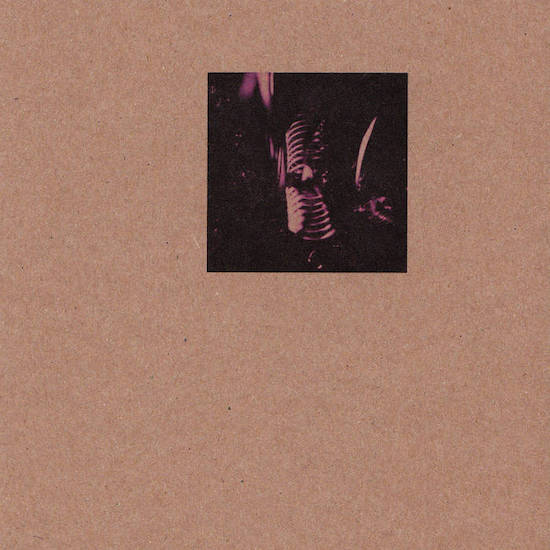From the very first glistening moments of opening track ‘Plash’, I have a smile on my face, and I know that Husband Material is a release that is going to live with me for some time. The album seems to be the first full length collection from the ongoing collaboration between sound artist Coley and improv guitarist and artist Colman. Both are very interesting in their own right, but we’ll focus here on what they have made together.
Improvisation is a pretty broad church, but despite some practitioners attempts to convince us otherwise, I think that it does have its own idioms and tropes as any arts practice does. This album though does seem to buck some of these things and find a way through the territory that feels wonderfully playful and original. This is some way from Derek Bailey type stuff, allowing for a longer form of musical thinking and an often more recognisably tonal, or indeed tuneful result. Although the guitar is a significant player here, and there is a sort of jazzlike root to much of the playing, which extends to percussion too on tracks like ‘Seeding Clouds’.
Free improvisation can often be a very challenging listen, more suited to live experience than recorded medium, where action and real-time decision making make so much of the work. But Husband Material feels ideally suited to quiet, reflective headphone time. It is a joy to hear. While its ingredients hold all the challenges and noise-based problems of other works in a similar vein, the result is a place of intimate comfort and beautiful structures. Despite the tape hiss, the found sound, the big sudden reverbs, and the machine noise, it is always – somehow – pretty. It shouldn’t be perhaps, but it is.
This is sort of important, I think. If you think of a track like ‘Low Frequency Impact Treatment’ as an example. This is awash with harmonic distortion, saturation, and – I think – some of Coley’s hand made instruments (I’m guessing the ‘long stringed instrument’), and really should be abrasive and alarming – but it isn’t. it’s gorgeous. Better still, I can’t really put my finger on why.
I think this album works brilliantly as an exploration of texture, the production is deft and unobtrusive – or rather, it is as integral to the pieces as any other musical information. Everything here feels necessary. And while it is playful and free in its construction, each element is skilfully placed and plays a role in the construction of what surrounds it. Nothing is incongruous or ill fitting, and the shorter tracks like ‘Marks’ or ‘Witness’ deliver just enough and nothing more. It really is well judged and artfully formed.
This is a remarkable and strangely accessible piece of work. Tasteful, beautiful and always fascinating. And somehow, I keep coming back – again and again– to the shimmering drone of the opening track, which leads me round the whole thing over and over.


